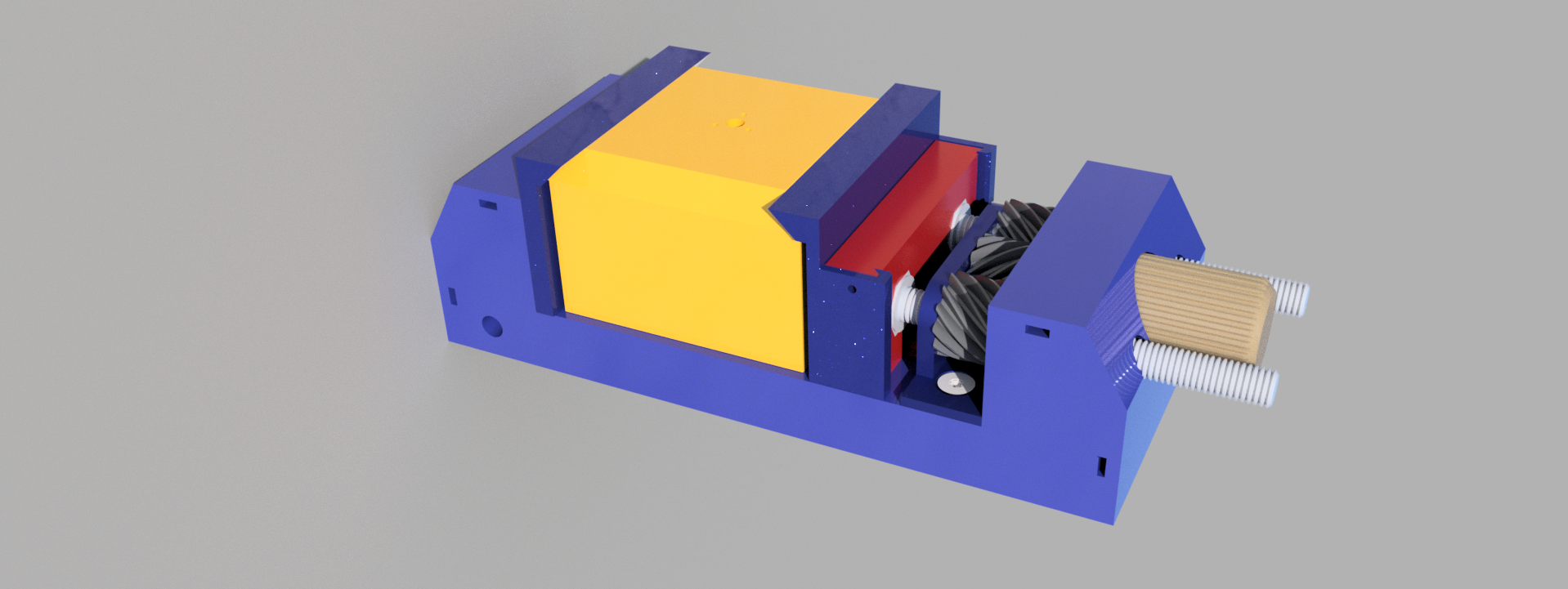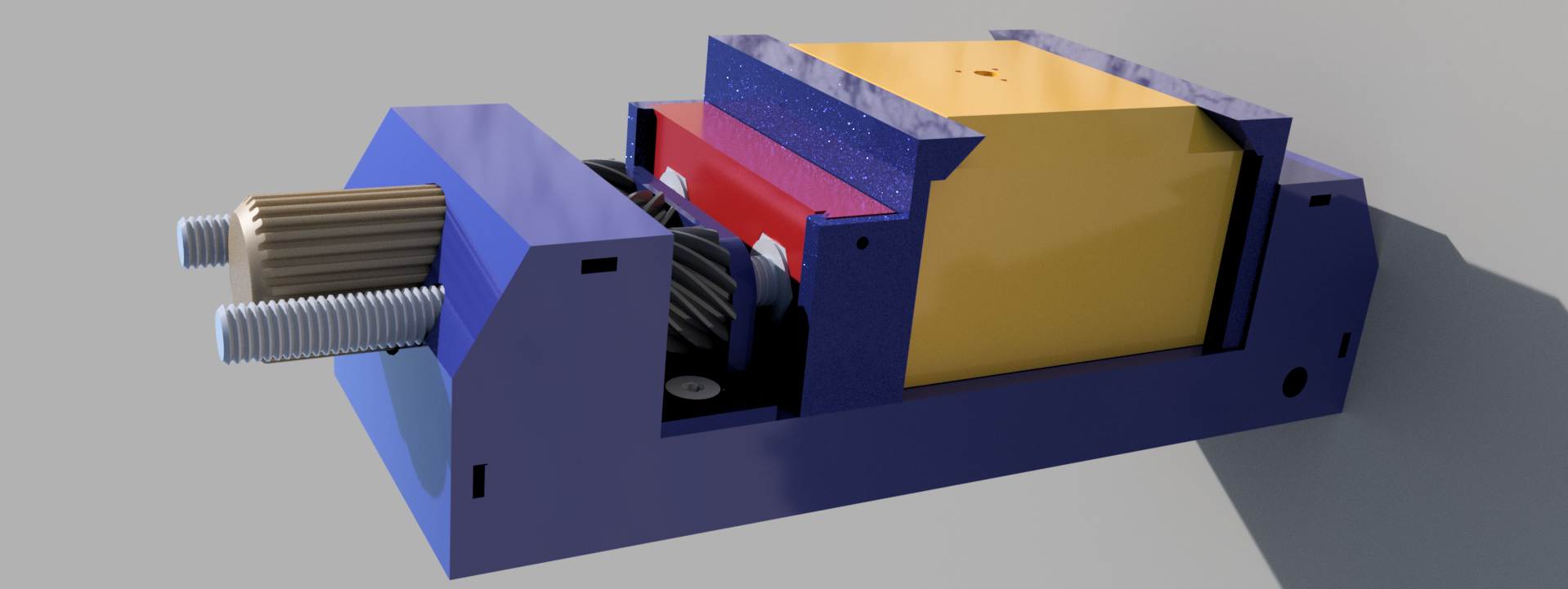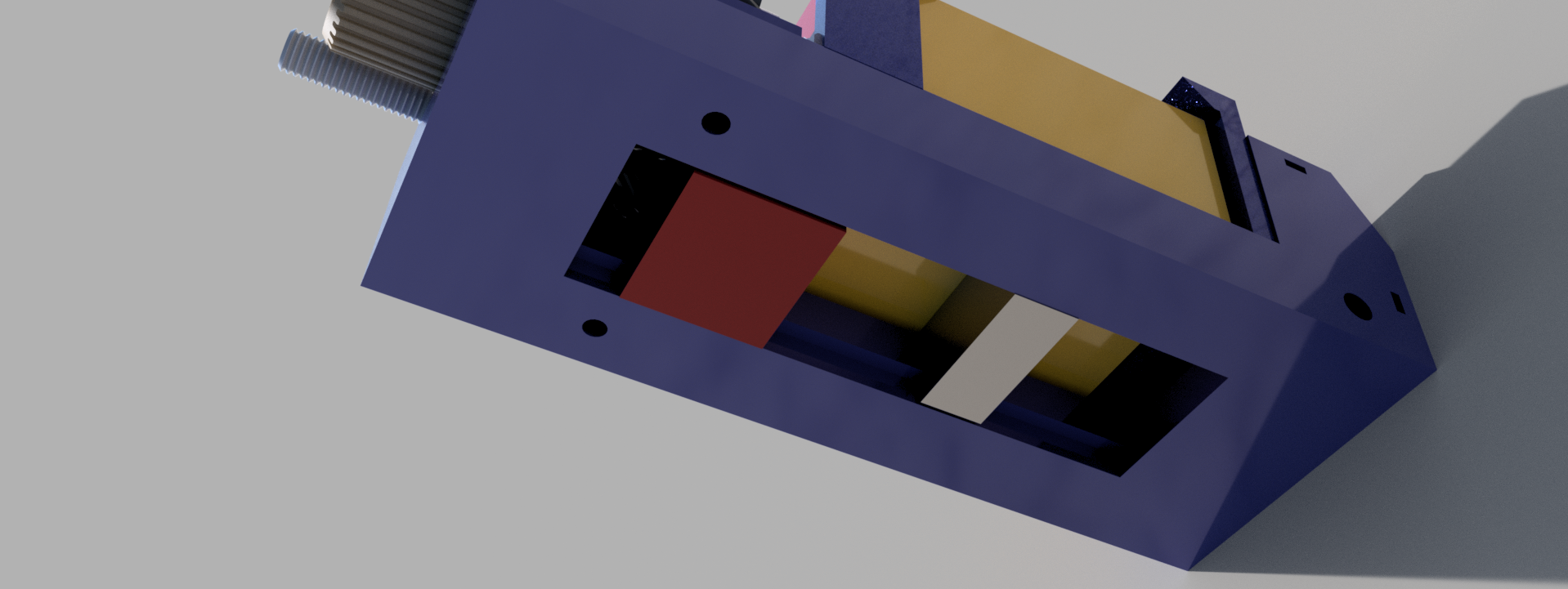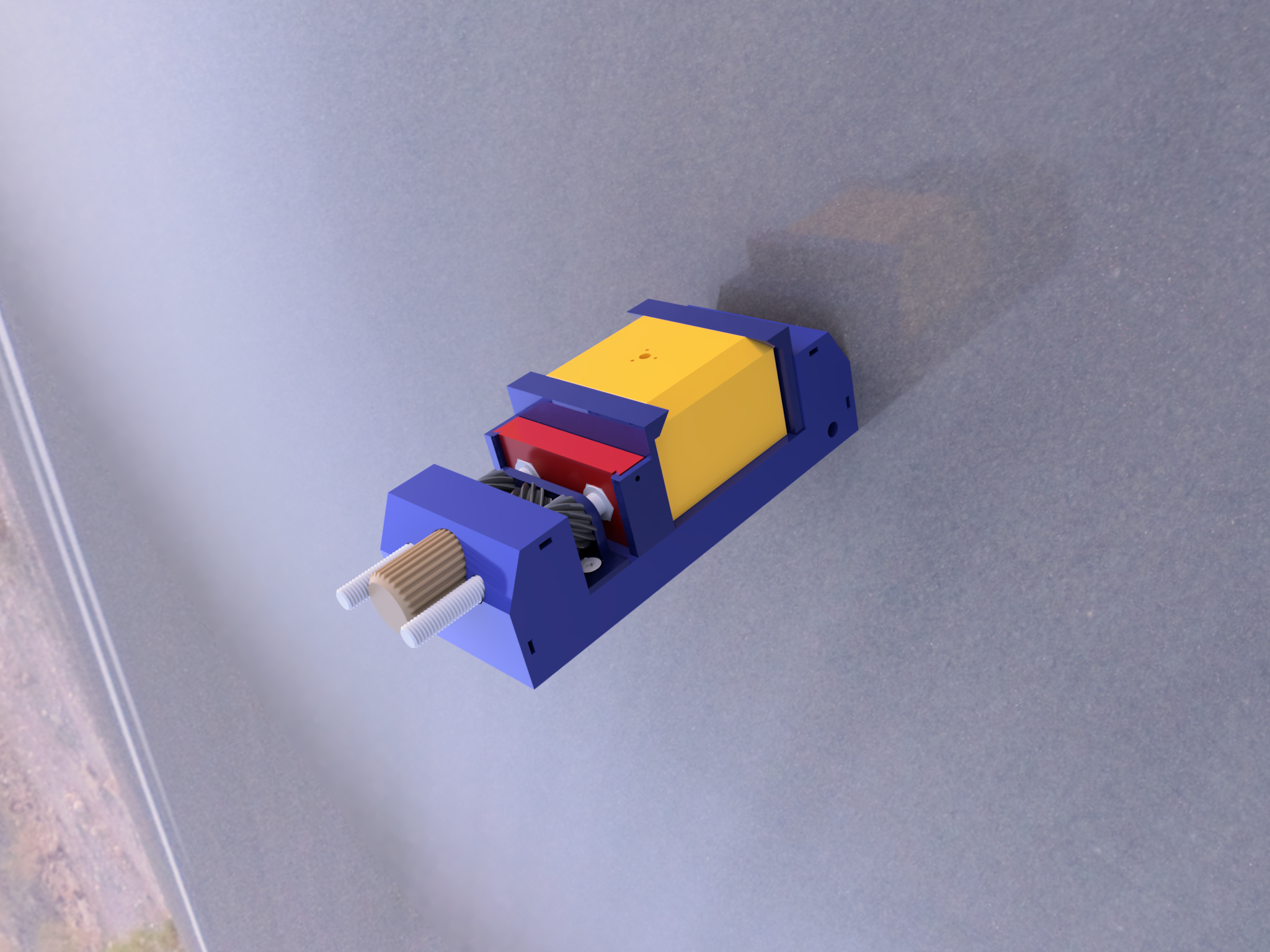



Thinking about the new 8.6 blackout round. They are spinning the projectiles at an incredible 1:3 twist! because of this, according to 'Q' they are getting amazing expansion in terminal matter. In fact, the rounds must be made from pure copper just to keep the round from disintegrating from that twist rate. This twist is required of course when you want to up the energy of a round and still keep it sub-sonic. Let me explain... For the same speed, if you want more energy, you must increase projectile weight. To increase projectile weight for a given (bore) diameter, the projectile must get longer. When the projectile get longer, the center of pressure get farther away from the center of gravity, thus it has more leverage to push the projectile off course. In turn, one needs more stabilization, thus more twist.
According to the internet, ammunition manufacturers are reporting that this increased twist rate is also, producing more turbulence and aiding in a more complete burn of the propellant. I can't imagine that one would get much barrel life out of such a twist however. On the other hand, it's a large diameter, and very slow moving, both of those features lending themselves to better barrel life.
Thinking about twist, a projectile is actually MORE stable towards the end of it's flight in most cases, than right out of the barrel. Aside from the propellant gasses being fast than the projectile upon exit of the barrel, the main reason is that a projectile looses velocity way faster than it looses spin. This spin could be thought of as wasted energy by the time the bullet has hit it's target (save the gain in expansion from above.)
Behind a fired projectile is a low pressure zone otherwise known as drag. Bullet design is a balance between terminal effects and aerodynamics. The classic boat tail (BT) projectile feature is a geometry that helps cut down on the drag behind the projectile that reduces it's time of flight overall. Time of Flight, being the name of the game.
So what if we could use some of that wasted entropy of the spin to generate thrust, or at very least reduce drag? I am just a backyard experimenter and could not possibly begin to know the math involved, but here's the experiment.. I want to take a well out of trans-sonic (subsonic) projectile and placed angled holes around the perimeter of the projectile that approximate the rate of twist. It may only be approximate because they must be straight, not curved holes because drills (bits) are straight. Thus the projectile turns into a some type of really inefficient turbine.
The first thought experiment is: At what twist should I put the holes in the round, and how many should I put. All that I have come up with so far is, one, I think 3 larger holes would be better than 5 small ones. Two, it should be an odd number of holes to prevent imbalances and nodes of vibration and drag. The other thought experiment is this: Should the angle of attack be LESS than the twist of the barrel, MORE than the twist of the barrel, or THE SAME? Here's the (probably wrong) logic: if the angle of attack is LESS than the twist, I am instantly creating more parasitic enthalpy at the expense of the twist, but I have more mechanical advantage down range to move air. If I have a GREATER angle of attack than the twist, again I am instantly taking spin away, but this time (presumably) I am adding to the velocity of the projectile. The last, where angle of attack is the SAME as the rate of twist. This to me, seems the most linear of the group, where there is more work from the spin proportional to the loss of velocity. For the first test, I have created a jig that drills a .45 cal projectile at the same spin (1:16).
Execution. The next issue is how to expel a projectile that has holes in it that gas can leak through. There must be some type of gas check behind the round to get it out of the barrel, than it must spin and disintegrate upon leaving the barrel behind the projectile. For the first tests, I thinking some type of muzzle-loaders Sabot. But in the future, perhaps a cartridge with a crimp further down the wall to hold a scored nylon disk, scribe-ed to spin apart upon leaving the barrel in three sections.
The design so far, is that I've made a block that fits in the quintessential 3d-printed vise to drill the holes in the test rounds, with a hole in the middle to push out the freshly drilled round. (Link to the Original GENIUS Vise below) The center hole is also for drilling out the center of the "Control Rounds" to have them equal the same weight as the test rounds. This will have to be a test with lots of examples because to prove out a performance gain, all I have is shooting control rounds at a target, than shooting the test rounds at the same point of aim. There can be two chronographs at the muzzle and down range. Speed and drop should be enough to know if we're on the right track. It will take many rounds however, to test out the inconsistancies of accuracy, bullet weight, powder weight, and temperature though.




I thought that I might use that famous vise design found on all the grabcads and thingiverse sites. I only stretched it a bit to hold the vise, and added an "anvil" to the track below on the rails of the vise as a back to drill against. The moveable anvil below the drill block will allow it to slide out of the way, to insert and remove the projectiles without removing the entire drilling block.



